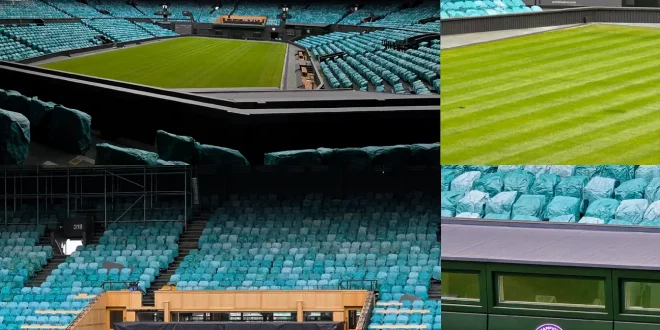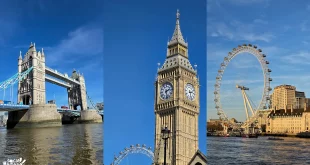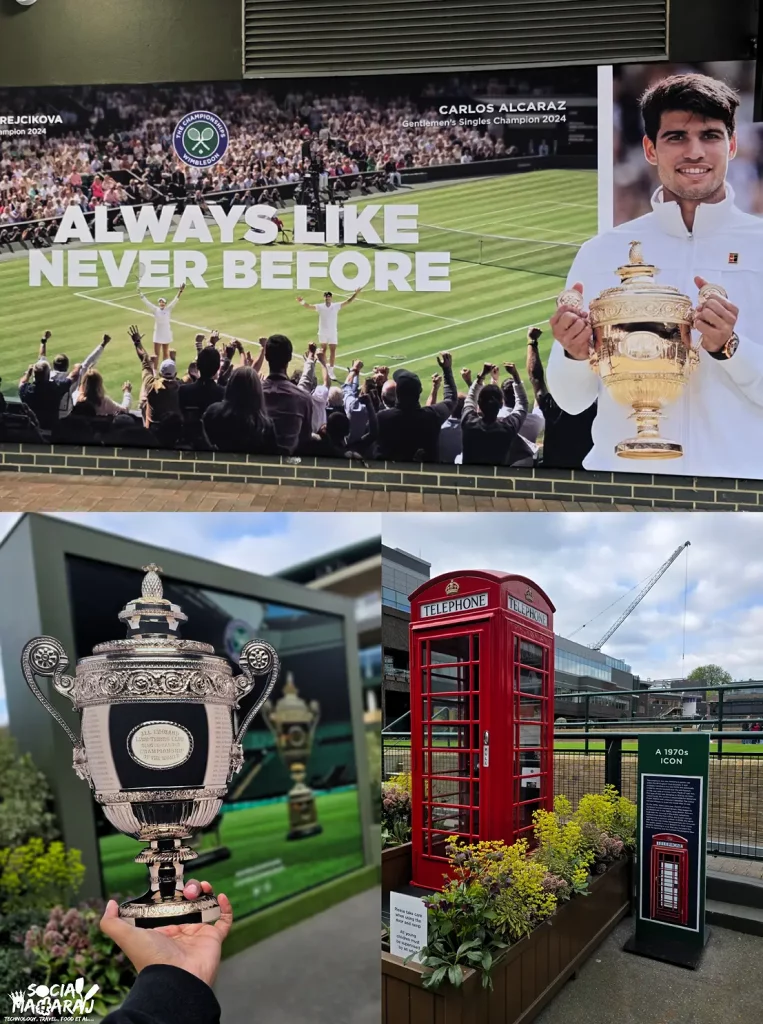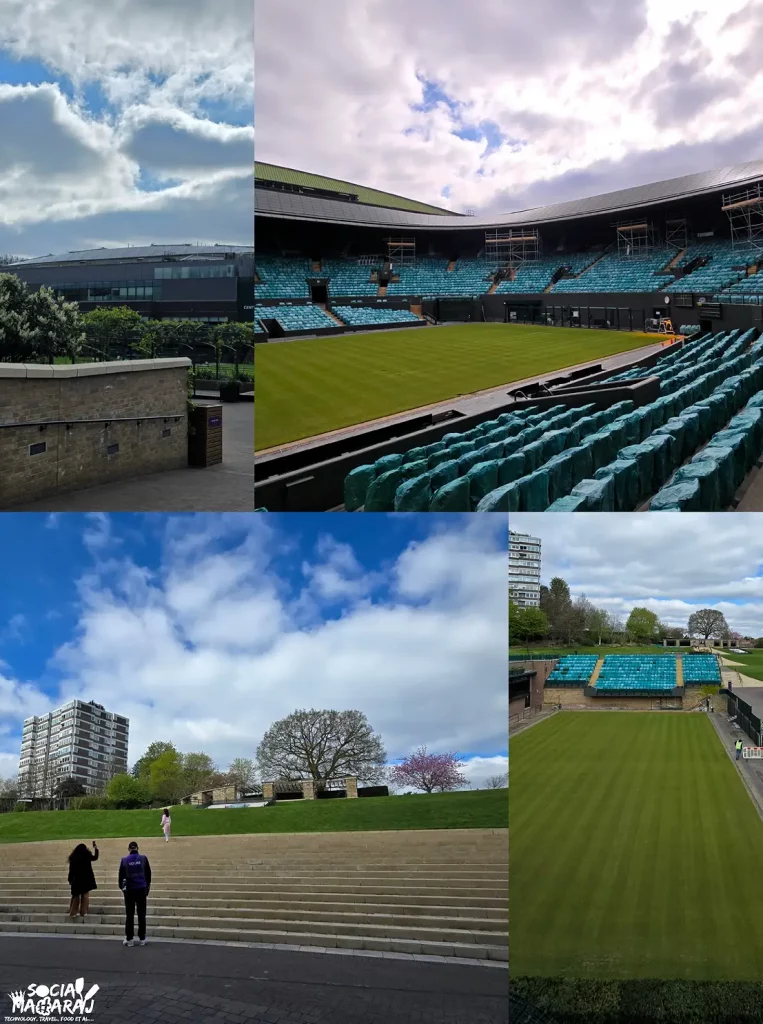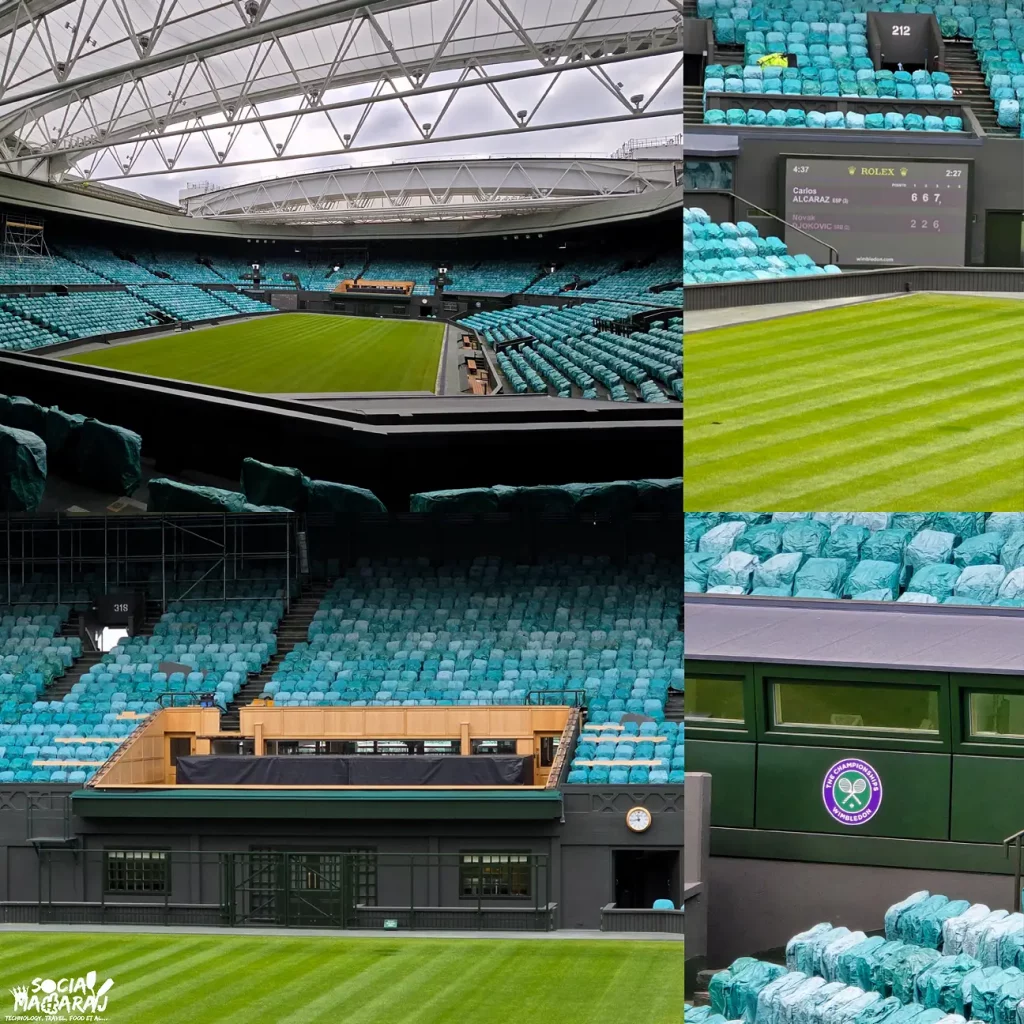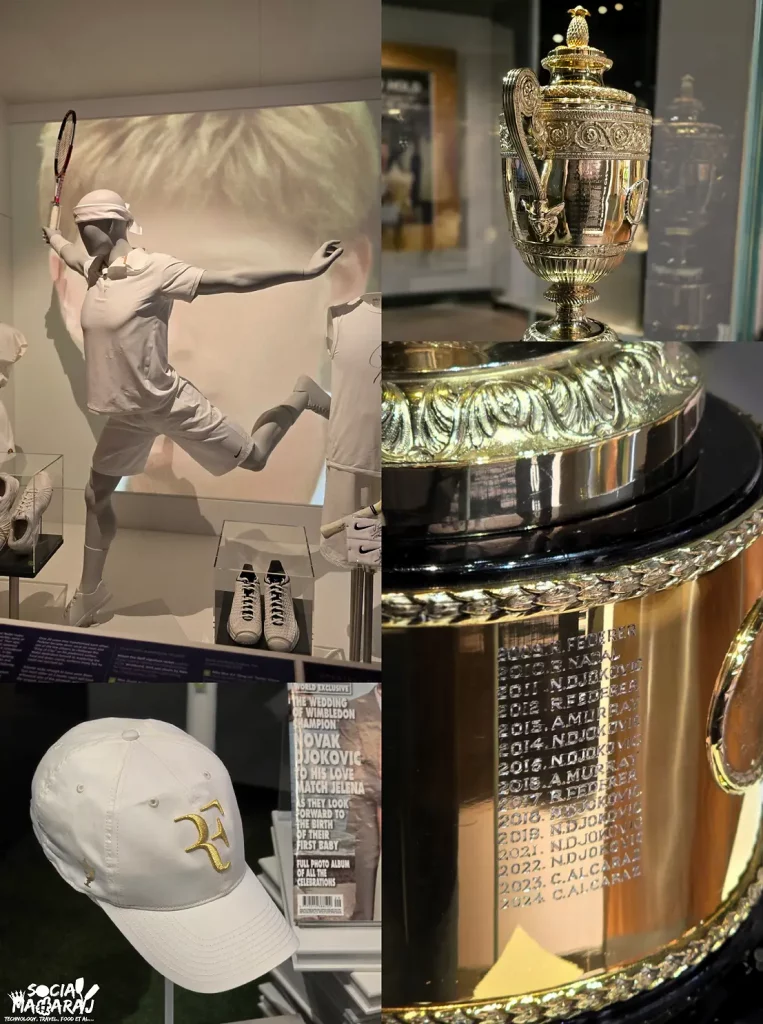My journey with tennis began quite unassumingly during my boarding school days. Back then, it was just another sport I occasionally noticed on TV or in school magazines. But everything changed a few years later when I witnessed the epic final between Rafael Nadal and Roger Federer a match that has since been etched in my memory. That was the turning point; that’s when I truly fell in love with the game.
Fast forward to last year, while attending KubeCon in Paris, I made it a point to visit Roland Garros. That experience was nothing short of surreal, wandering through the grounds where so many tennis legends have battled for glory.
So, when I found myself in London for KubeCon again, my plans were crystal clear: I had to visit Edinburgh, Lord’s Cricket Ground, and most importantly, Wimbledon- home to my all-time favorite player, Roger Federer.
In this post, I’ll take you through my Wimbledon tour experience, sharing every detail – from getting there, the rich history of this iconic venue, the visit itself, to the atmosphere and what made the visit so unforgettable. If you’re even remotely interested in tennis, trust me, this is a journey worth reading about.
A Walk Through Time: The History of Wimbledon
Before diving into the visit, it’s essential to understand it’s fascinating history. The All England Lawn Tennis and Croquet Club, commonly known simply as Wimbledon, is the oldest tennis tournament in the world, dating back to 1877. It began as a modest event with just 22 players but has since evolved into one of the four Grand Slam tournaments, alongside the Australian Open, French Open (Roland Garros), and the US Open.
It is unique for its traditions – the strict all-white dress code, the consumption of strawberries and cream, and the iconic grass courts that have witnessed some of the fiercest battles in tennis history. It wasn’t until the 1920s that the tournament moved to its current location in SW19, London, which is now synonymous with the sport itself. Over the years, the event has embraced modern technology and expanded its facilities while preserving its classic charm.
What’s remarkable is how it represents both change and tradition. It’s a place where legends like Billie Jean King, Bjorn Borg, Martina Navratilova, Pete Sampras, and my personal hero Roger Federer have left their mark. Each year, it continues to be a beacon for tennis fans worldwide, blending the nostalgia of the past with the excitement of the present.
If you’re interested in exploring other historic sports venues, you might enjoy my Memorable Lord’s Stadium: A Dream Come True at the Home of Cricket, where I shared my experience visiting another iconic sporting ground in London.
Getting There: Navigating to Wimbledon
Now, for the practical side of things – how to get to Wimbledon. The venue is located in southwest London, specifically in the SW19 postcode area. Coincidentally, I was staying in Colliers Wood during my visit, which shares the same postcode. I had always seen “SW19” on tennis broadcasts but never truly understood its significance until I was there.
The easiest and most convenient way to reach the grass courts is by the London Underground. The District Line takes you directly to Wimbledon station, which is just a short walk from the grounds. Alternatively, you can take the Tramlink or several bus routes, but the tube is the fastest and most straightforward option – especially if you’re staying in central London.
Since I was staying in Colliers Wood, I took a short bus ride that dropped me right infront of the stadium. The journey itself was pleasant, and seeing the SW19 signs everywhere made it feel like I was stepping into tennis heaven.
For those planning to explore more of the UK, I also recommend my 3 Days Edinburgh Itinerary: Ultimate Guide to Scotland’s Historic Gem, which offers a perfect complement to a London visit if you want a blend of history and culture.
The Wimbledon Tour: What to Expect and How It Works
I booked the tour in advance through their official website, which cost me £32. It lasts about 90 minutes and includes access to the Museum, the grounds, and a multimedia experience. It generally run throughout the day from 10:30 AM to early evening, making it easy to fit around other sightseeing plans.
Here’s what the ticket includes:
- Guided access to the Museum
- Entry to the grounds, including outside courts and the iconic Centre Court
- A chance to see the famous Hill and Court Number 1
- A short documentary-style movie in the media room
- Interactive exhibits to learn about history and traditions of the sport
Booking ahead is highly recommended, especially during the tennis season or major events. The official website is user-friendly, allowing you to pick your preferred date and time slot.
Walking the Grounds: The Tour Highlights
The moment I stepped onto the grounds, I was struck by the sheer scale and beauty of the place. The massive scoreboard outside greeted me first, proudly displaying scores of last year’s grand slam. It’s a vivid reminder of the tournament’s ongoing legacy and the passion that fills the air during the fortnight.
As the tour progressed, we walked past the outside courts where many future stars and qualifiers play before making it to the big stage. Seeing Court Number 1 up close was thrilling; it always has a buzzing atmosphere during matches. Nearby, the famous “Hill” – a grassy slope where fans gather to watch matches on big screens – was peaceful on the day I visited but looked inviting nonetheless.
One of the most memorable stops was Court 18, known for hosting the longest match in tennis history: John Isner vs. Nicolas Mahut in 2010, which lasted an astonishing 11 hours and 5 minutes over three days. Standing there, I felt the weight of history and the incredible endurance it took.
Finally, we reached the Centre Court. Even though it was off-season, the scoreboard still showed the last year’s final between Carlos Alcaraz and Novak Djokovic. The green and purple colors of the court and surroundings were vivid and stunning, and stepping close to the lawns (though no stepping on grass allowed) was surreal. Videos and photos are allowed on the grounds, but touching the grass is strictly forbidden to preserve its pristine condition.
The atmosphere was unlike anything I’ve experienced before, and it reminded me of the excitement I felt during my visit to Roland Garros. You can read more about that surreal experience at the Roland Garros Stadium in Paris.
The Media Room and Museum: A Dive Into Tennis Culture
It included a short film screened in the media room. I’ll be honest – I felt the Roland Garros media room I visited in Paris last year was a bit more engaging with its visuals and storytelling and that you were allowed to sit on press table and click photos. Wimbledon’s film was informative but didn’t quite capture my imagination as much. Still, it was fascinating to see behind-the-scenes footage of media coverage during the championships.
After the film, I explored the Museum, which was an absolute delight. The museum traces the evolution of the sport from its origins to the present day. What I loved was how it showcased tennis not just as a sport but as a culture. There were exhibits about the love for the sport in different countries, the development of gears, and even tennis-themed food and tableware.
One of my favorite sections was the interactive display of the four Grand Slams. Each slam had its own color theme and featured photos and stories of the maestros who’ve dominated those courts:
- Australian Open (Blue): Featuring legends like Rod Laver and Ashleigh Barty
- Roland Garros (Red Clay): Highlighting Rafael Nadal and Chris Evert
- Wimbledon (Green): Celebrating Roger Federer, Serena Williams, and Bjorn Borg
- US Open (Blue and Red): Showcasing players like Pete Sampras and Venus Williams
This section was both educational and inspiring, especially for someone like me who loves to dive deep into sports history.
Wrapping Up the Visit: Souvenirs and Treats
No visit to Wimbledon would be complete without grabbing a souvenir. I picked up a fridge magnet a simple but perfect keepsake to remind me of this incredible journey. The gift shop also had plenty of merchandise, from clothing to tableware, which would make great gifts for fans.
After all the walking and exploring, I stopped by the café for a quick bite. I was hoping to find the classic strawberries and cream that it is famous for, but unfortunately, they weren’t available that day. Instead, I opted for a delicious hummus sandwich (and trust me, I’ve tried many hummus sandwiches this one was surprisingly good). It was a nice way to relax and soak in the atmosphere before heading back.
Why Wimbledon Should Be On Your Bucket List
I loved every moment of my Wimbledon tour experience. It’s not just about tennis; it’s about stepping into a world steeped in history, tradition, and passion. Whether you’re a die-hard fan or someone who appreciates sports culture, it offers something truly special.
Here’s the thing – if you remotely love or understand the sport, you must visit Wimbledon at least once. The atmosphere is electric, the grounds impeccably maintained, and the stories echoing through the courts are inspiring.
If you’ve got any queries or suggestions, drop them in the comments below. You can also tweet to me at @Atulmaharaj or DM @Atulmaharaj on Instagram or Get In Touch.
 SocialMaharaj Technology, Travel, Food et al
SocialMaharaj Technology, Travel, Food et al
